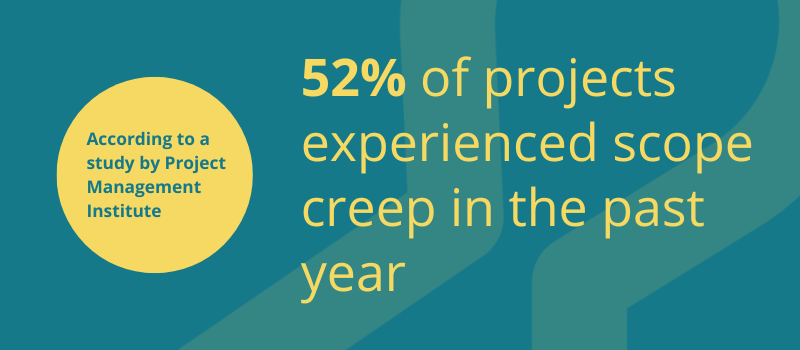As a digital agency, you know that managing projects can be a complex and challenging process. There are countless factors to consider, from client expectations to internal workflows. One of the biggest challenges in project management is scope creep. In this post, we’ll discuss what scope creep is, why it’s a problem for digital agencies, and how to avoid it.
Understanding Scope Creep
Scope creep is when a project’s scope expands beyond its original parameters. This can happen when additional features or tasks are added to the project without a corresponding increase in time or budget. Scope creep can be a significant problem for digital agencies because it can negatively impact profitability and timelines.
Causes of Scope Creep
There are several causes of scope creep, including:
- Lack of clear project goals: If the project goals and deliverables are not well-defined, it can be easy for the scope to expand.
- Poor communication with clients: If clients are not kept informed of the project’s progress and limitations, they may request changes that expand the scope.
- Unclear roles and responsibilities: If team members are not clear on their roles and responsibilities, it can lead to misunderstandings that cause scope creep.
- Failure to set project boundaries: If project boundaries are not established early on, it can be difficult to manage the project’s scope.
- Failure to manage client expectations: If clients have unrealistic expectations, they may request changes that expand the scope.

How to Avoid Scope Creep
To avoid scope creep, there are several steps you can take:
- Define project goals and deliverables early on: Clearly define the project’s goals and deliverables in the project scope document.
- Establish a project scope document: Create a project scope document that outlines the project’s goals, deliverables, and limitations.
- Communicate clearly with clients: Keep clients informed of the project’s progress and limitations.
- Set expectations around change requests: Establish clear expectations around change requests, including how they will be evaluated and whether they will result in a change in budget or timeline.
- Manage project boundaries: Establish clear boundaries around the project’s scope, and manage changes to the scope carefully.
- Use project management software to stay on track: Use project management software to track the project’s progress and manage changes to the scope.
Dealing with Scope Creep When It Happens
Despite your best efforts, scope creep can still happen. Here’s how to deal with it when it does:
- Recognize it early on: Be vigilant for signs of scope creep, such as an increase in change requests.
- Communicate with the client: If scope creep is occurring, communicate with the client to discuss the impact on the timeline and budget.
- Evaluate the impact on timeline and budget: Evaluate the impact of the scope creep on the project’s timeline and budget.
- Adjust project scope or renegotiate terms if necessary: Adjust the project scope or renegotiate terms with the client if necessary.
Conclusion
Scope creep can be a major problem for digital agencies, but it’s not an insurmountable one. By understanding what causes scope creep, how to avoid it, and how to deal with it when it does happen, you can keep your projects on track and profitable. Use the tips outlined in this post to stay ahead of scope creep and keep your projects running smoothly.
